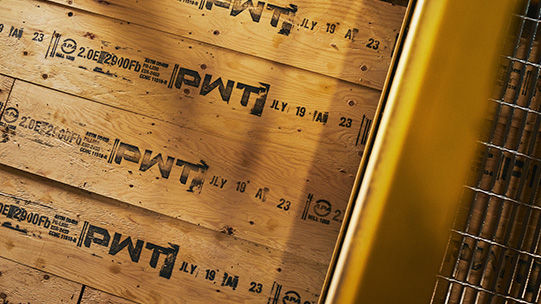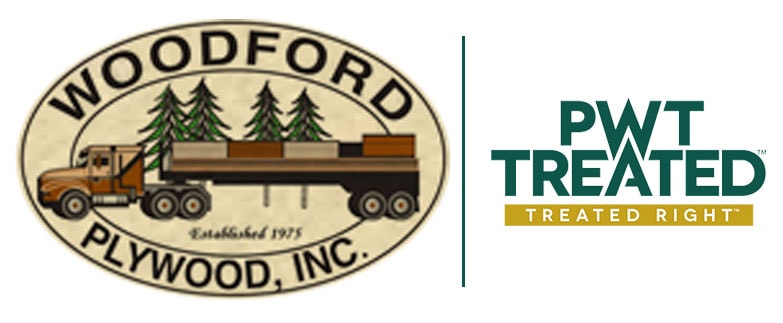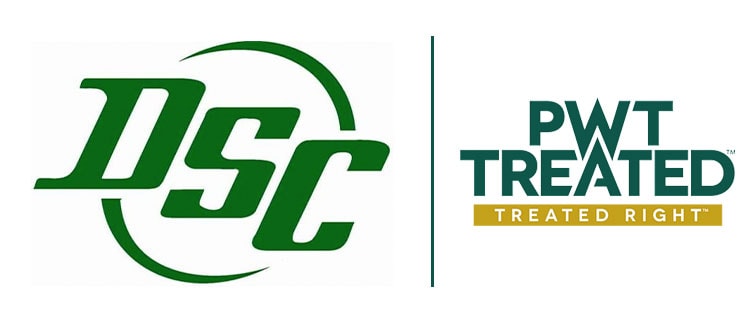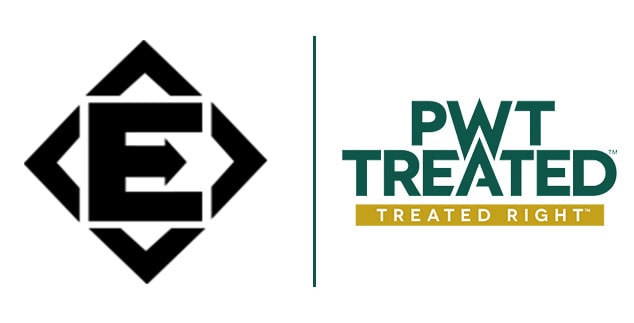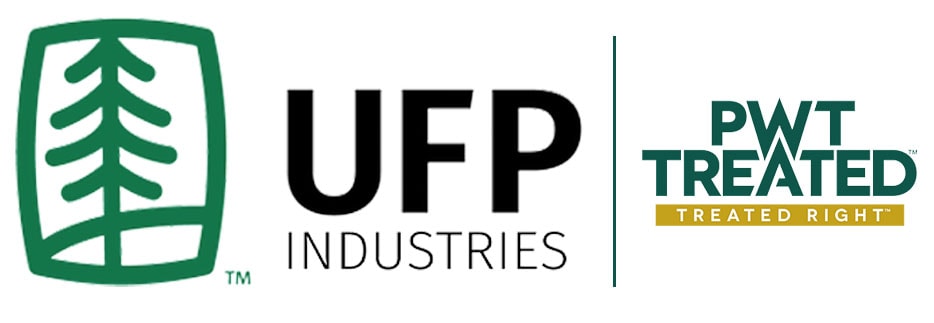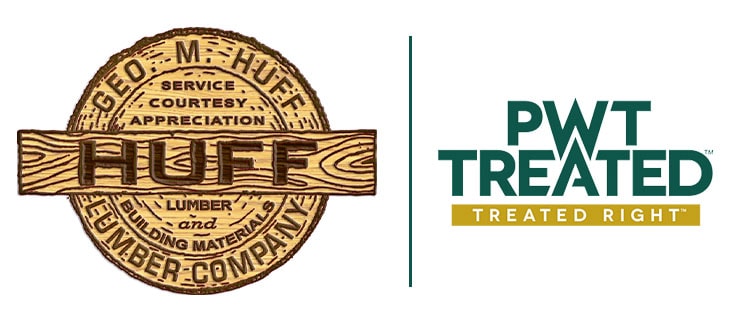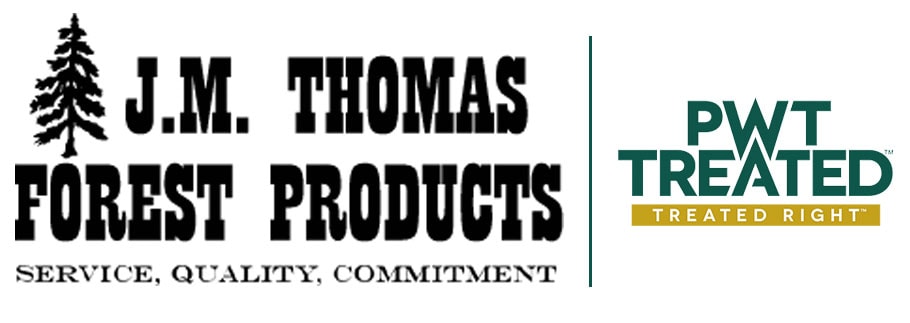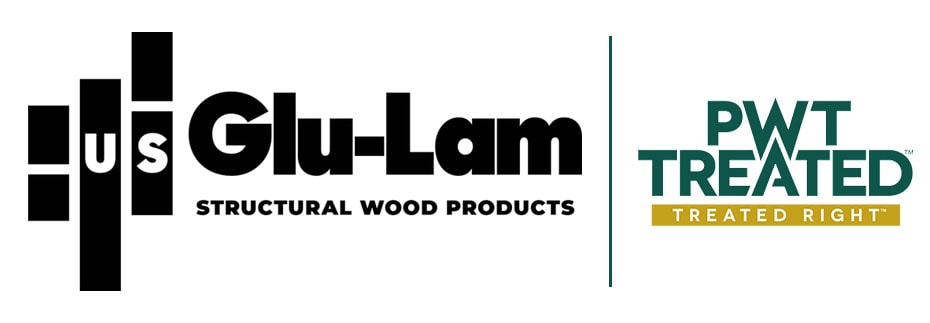PWT LVL billets, originally 48” wide when manufactured, are ripped into narrower widths, typically from 3-1/2” up to 24”, across the 48” wide width. Each piece is the same grade as the original billet. A 1-3/4” x 24” can be ripped to a narrower width, including 18”. The capacity of the new beam would be based on the new size. An 1-3/4” x 18” 2.0E LVL ripped from a 24” beam would have the same design values as one that came straight from the factory in that size. PWT LVL cannot, however, be planed or sawn to reduce thickness.
